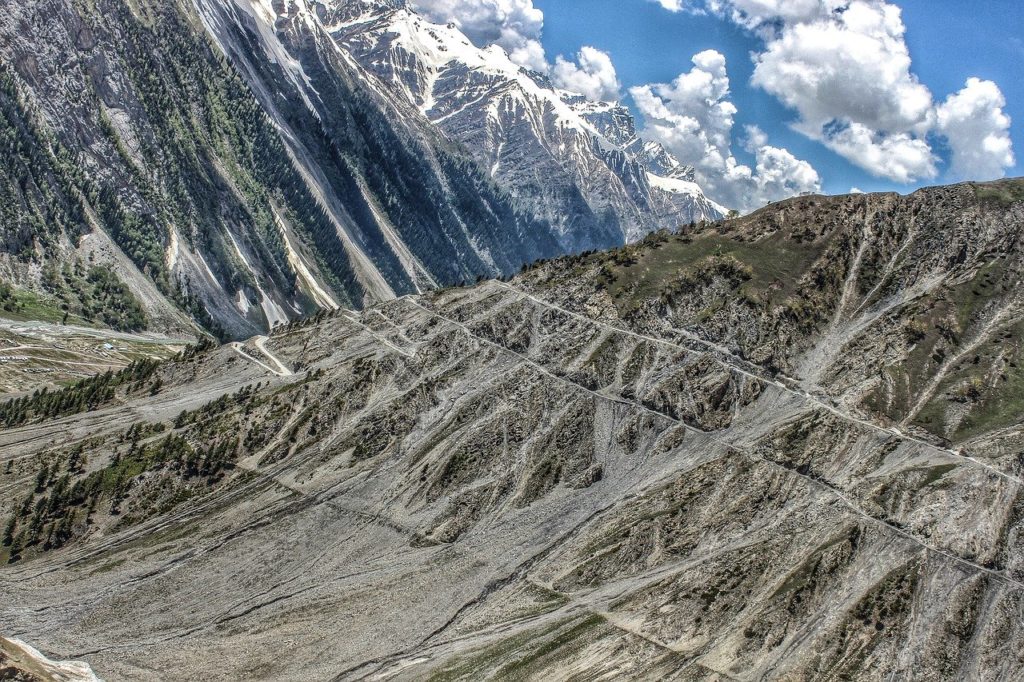On August 5, 2019, Prime Minister Narendra Modi and the Indian government sought to arrest a thirty-year insurgency with an unprecedented change to the country’s constitution to revoke autonomy provisions for the state of Jammu and Kashmir (J&K), split it off from the territory of Ladakh, and downgrade both from statehood to union territories. Since then, a significant crackdown on political and civic freedoms in the Kashmir Valley has drawn substantial international scrutiny. The sudden unilateral change in Kashmir’s status may be one of the most consequential developments in the region since the 1989 outbreak of insurgency or the 1998 nuclear tests by India and Pakistan, warranting some systematic analysis of what brought India to this point and the region’s likely future.
Stability in Kashmir is central to stability in the entire South Asian region. Just six months before New Delhi’s decision to abrogate Article 370 of the constitution, a suicide bombing attack on Indian security forces in South Kashmir sparked a dangerous interstate crisis and rapid escalation between nuclear-armed rivals India and Pakistan that alarmed many policymakers. It reminded regional and international observers why President Bill Clinton, in 2000, cited this fault line as “the most dangerous place in the world,” several years after his CIA director identified it as the most likely flashpoint for use of weapons of mass destruction. Reignition of unrest in the Kashmir Valley could have catastrophic consequences, but the sources of potential ignition have fallen out of sight over the past decade even as Kashmir has exhibited a worrying steady uptick in popular discontentment, mass resistance, and violence.
Summary
- Since 2013, mass resistance and armed insurgency have returned and grown in India’s Kashmir Valley, partly in response to the government’s failed strategy.
- Resistance has involved mass participation in “quasi-violence” that involves semi-organized pressure by unarmed civilians to provoke, frustrate, and impose costs on the state. • New data on quasi-violence in the Kashmir Valley reveal substantial growth since 2013, at times even outpacing armed insurgency.
- New Delhi’s strategy fixated on kinetically degrading militant organizations to improve security, which fed local militant recruitment and depressed faith in democratic institutions.
- The government’s dramatic revocation of autonomy provisions for Jammu and Kashmir in 2019 minimized international penalties and preempted significant violent responses. Whether it replicates past political engineering or pursues revolutionary demographic engineering, the state is likely to face a resurgence of violent and quasi-violent resistance.
- US influence is limited, but US policymakers could encourage dialogue with all stakeholders and alert New Delhi to the challenges that Indian choices will pose for cooperation if it is indefinitely bogged down in Kashmir.
To read the full report on the USIP website, click here.




